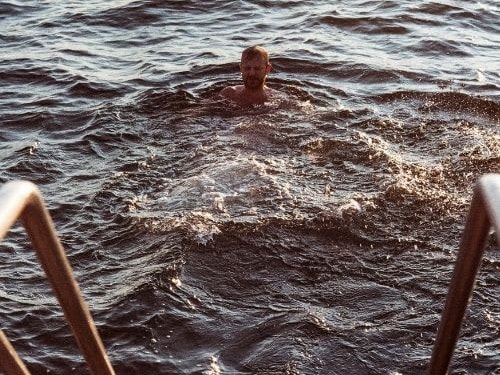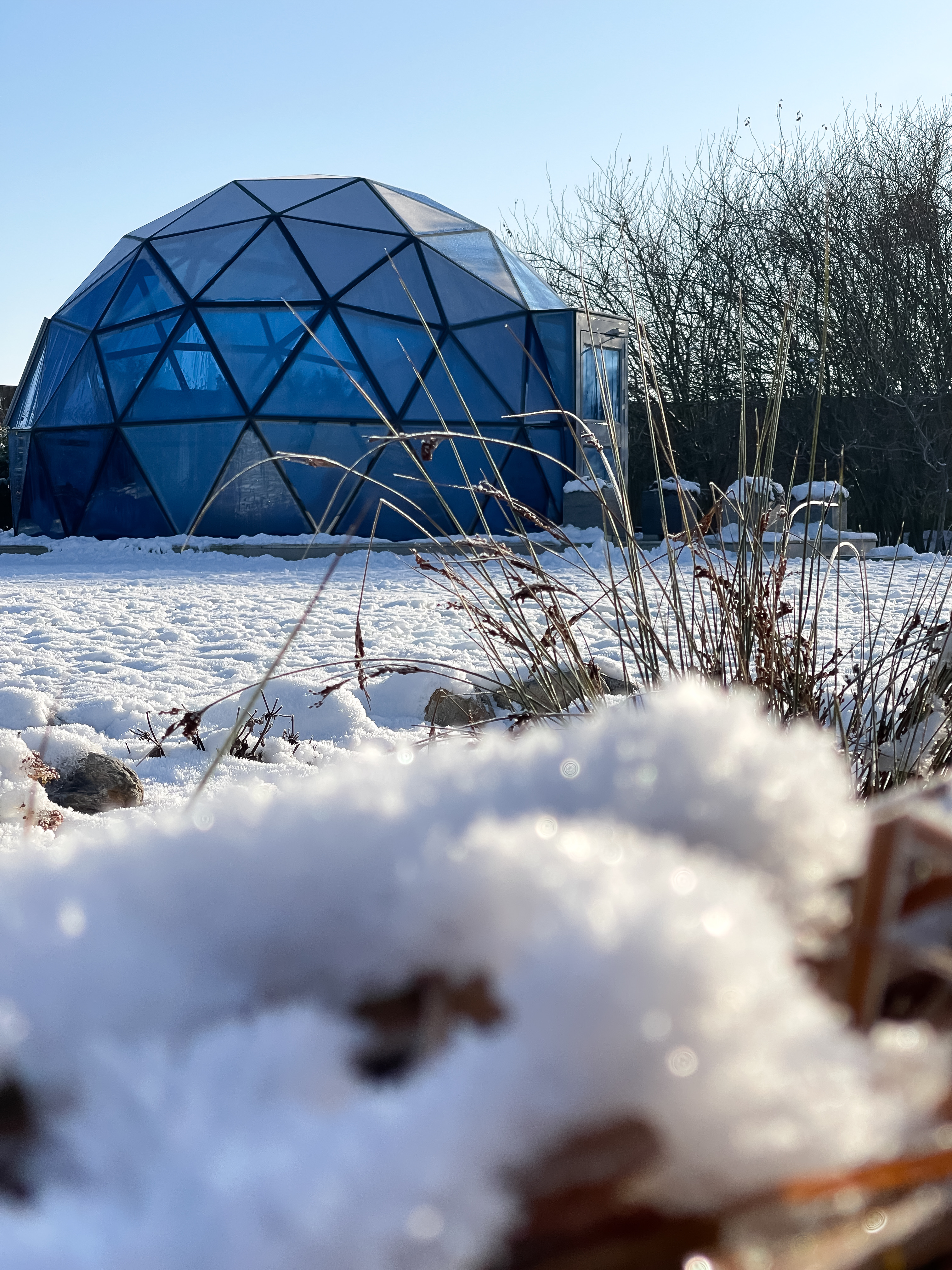Embrace the Cold - Benefits of Cold Therapy
For thousands of years humans evolved to live outside in all conditions. Not spend our lives indoors in air-conditioned offices or central heated homes.
Wim Hof is one of the world's leading promoters of cold therapy and if it was up to Hof, we'd spend most of our lives outside.
The Iceman (Hof) and others argue that we have lost a connection to our true nature; "the ability of our body to adapt to extreme temperature and survive within our natural environment."
It's from this thinking and sports science that cold therapy and cryotherapy has grown.
What is cold therapy?
Cold therapy is immersing yourself into a cold environment, jolting the mind and body out of its normal comfortable existence.
This could be a cold shower in the morning, swimming in the sea during winter, taking an ice bath, or using a cold chamber (like the Lifecube that will be available at the Glass House Retreat).
While this sounds like madness to mere mortals, elite sportspeople from football players to tennis stars have taken ice baths after exercise for years.
Ice-cold baths speed up muscle recovery and help heal injuries quicker, according to sports scientists.
But only now, with modern science, are the many health and wellbeing benefits of cold therapy being revealed and studied for all.
Cold therapy is not new. As early as 3500 BC, cold therapy was mentioned in an ancient medical text, written by Edwin Smith Papyrus.
But in the 1980s, cold therapy was medically explored as a means of preventing or mitigating brain injury during surgery.
The eye-opening benefits of the cold swiftly radiated from the surgical community. Cold therapy found general uses, such as in the treatment of sporting injuries.
This knowledge is reaching the ears of the public, which is something we have experienced directly in our Health Retreat, where cold therapy is greatly anticipated and is now very much a hot topic.
What are the benefits of cold therapy?
Quicker muscle and injury recovery
There are numerous benefits of cold therapy, some of which are accepted and used widely in sports science, aiding recovery from exercise.
Benefits researched and accepted in US studies include; reductions in pain, blood flow, edema (build-up of fluid), inflammation, muscle spasms, and metabolic demands after exercise.
A study of 360 people, who rested or immersed themselves in cold water after intense exercise, found 24-minute cold water baths (50 – 59 °F) stopped sore muscles developing.
It’s no wonder we see so many sports stars interviewed post competition in their ice baths.
Combats inflammation
Following the benefits of muscle recovery, it’s logical perhaps that cold therapy also reduces inflammation.
Exposure to cold raises the production of adiponectin in the body, a protein that helps reduce inflammation. It’s also been found that exercising in the cold doesn’t provoke the same inflammatory response experienced in normal temperatures.
All in all, cold therapy and exercise make a good team.
Helps fat loss
Alongside the benefits of quicker exercise recovery for sportspeople, those looking to lose weight should also consider cold exposure.
Unbelievably, you may be able to eat more calories yet still reduce fat using cold therapy.
We all have brown fat tissues (BAT) that uses energy and actively burns calories. BAT is great at turning calories into heat. When we expose ourselves to cold, our BAT burns calories to keep us warm.
Studies show that cold therapy stimulates BAT activity in our bodies, causing us to burn calories.
Up to an 80% increase in metabolic rate was detected in one survey, comparing people exposed cold vs warmer temperatures. A higher metabolic rate, again, means we burn more calories.
In another study a group of mice were exposed to cold temperatures and a group to normal temperatures. The mice exposed to the cold consumed more calories but weighed less at the end of the study.
Good news for anyone wanting to lose weight in a healthy way, with exercise, whilst still eating the same amount of food.
Lowers blood glucose
As well as helping reduce inflammation, the wonder protein, adiponectin, also helps regulate blood glucose levels. Cold exposure can increase adiponectin production by up to 70% according to one study.
It’s been found that cold therapy can improve the body’s response to insulin, clearing glucose from the blood quicker.
Too much sugar isn’t good for anyone, but with cold therapy you can at least know your body is able to deal with it easier.
Other benefits
Physical benefits are not the only benefits cold therapy provides.
Exposure to cold can improve your sleep, immune system, and up your will power.
A study in Holland found sleeping with a lower core body temperature doubles the time in deepest restorative sleep.
It’s thought increased exposure to cold boosts adrenaline, which in turn increases our immune system’s activity. Regular and repeated cold immersion also kickstarts regenerative processes that destroy dead cells and lymphocytes.
And if all that isn’t enough, simply battling with the cold must increase your will power, right?
How do I start cold therapy?
We can help with that.
At the Glass House our cryo chamber is at the peak of cryo-technology, offering instant cold therapy and all the listed benefits.
The Lifecube maintains a constant temperature of between -85°C to -110°C, without relying on dangerous nitrogen gas. It’s a safe way to activate your body’s protective systems and feel the best you’ve ever felt.
Embrace the cold now. We promise you’ll not look back.



